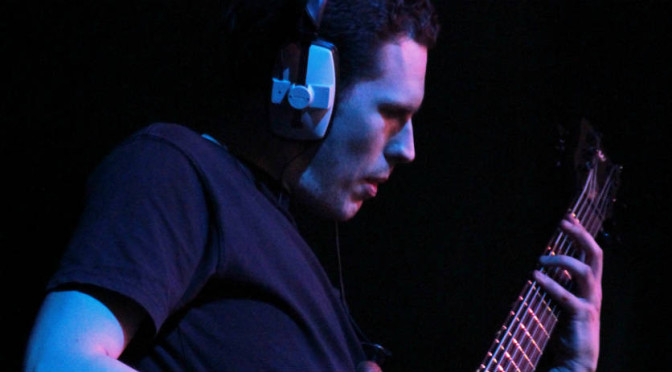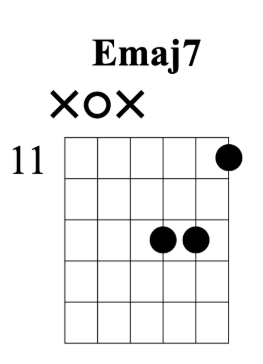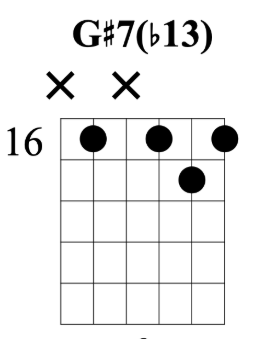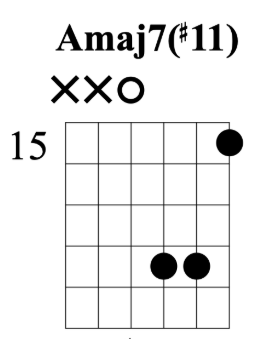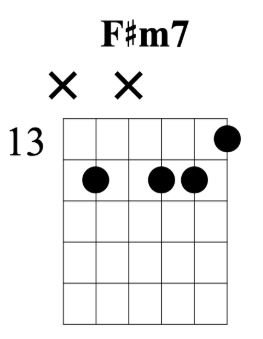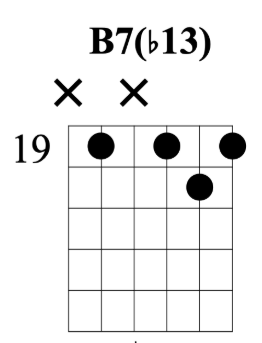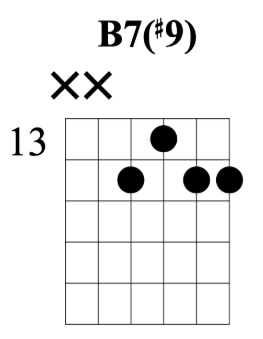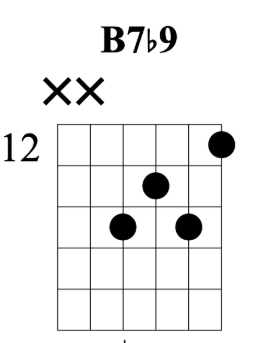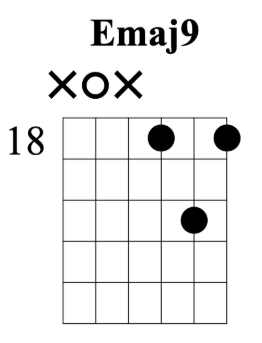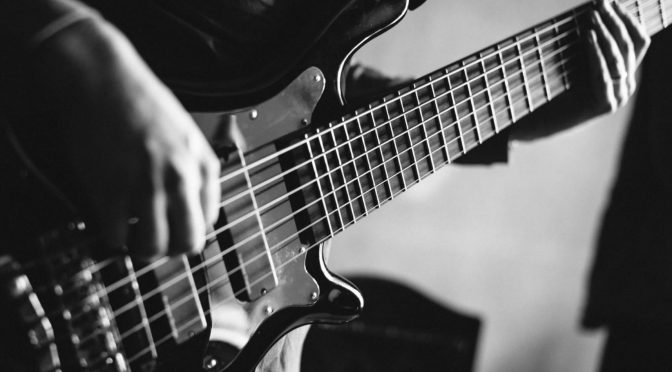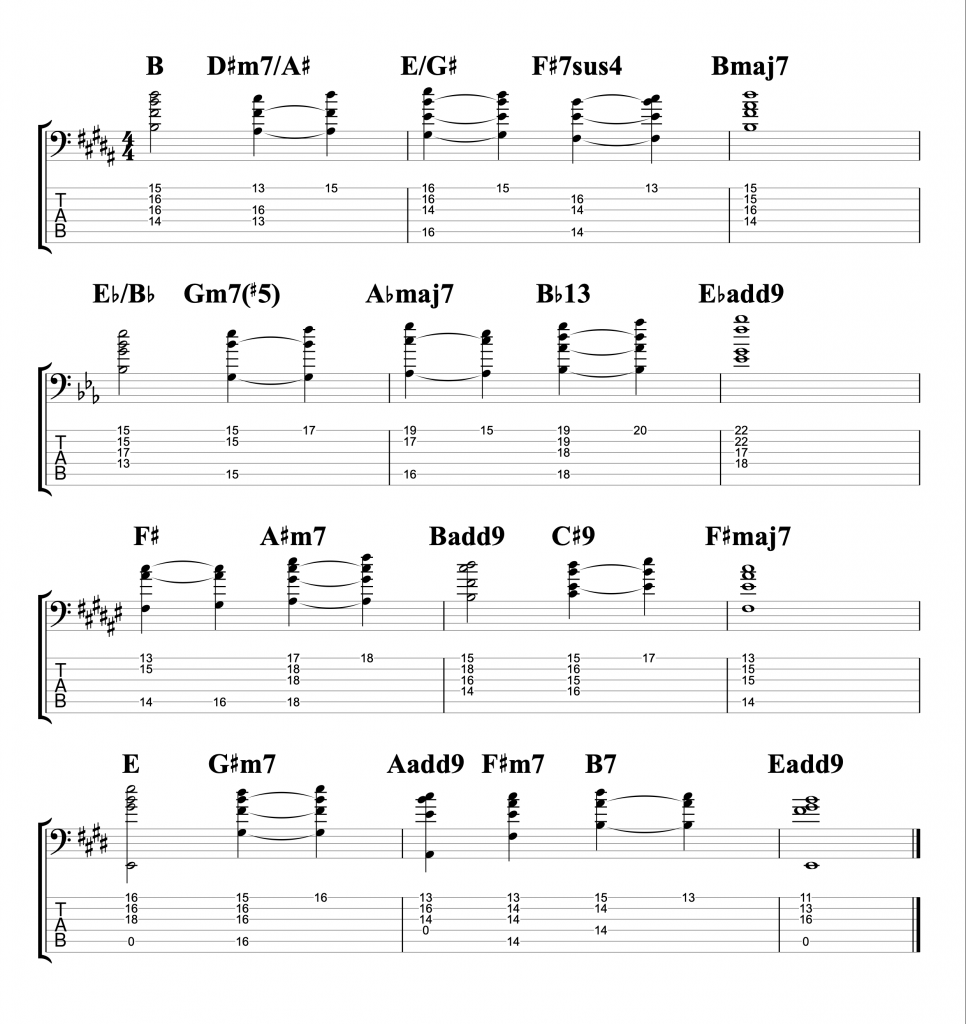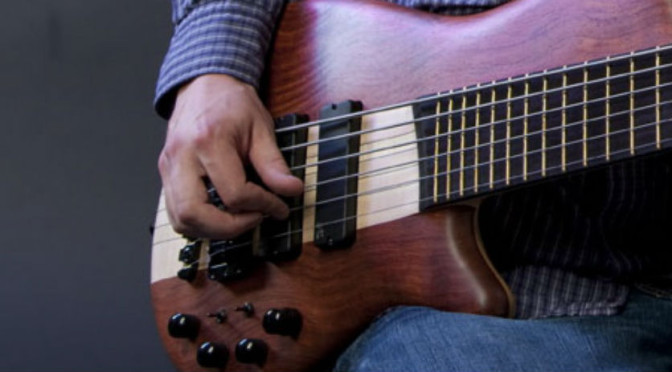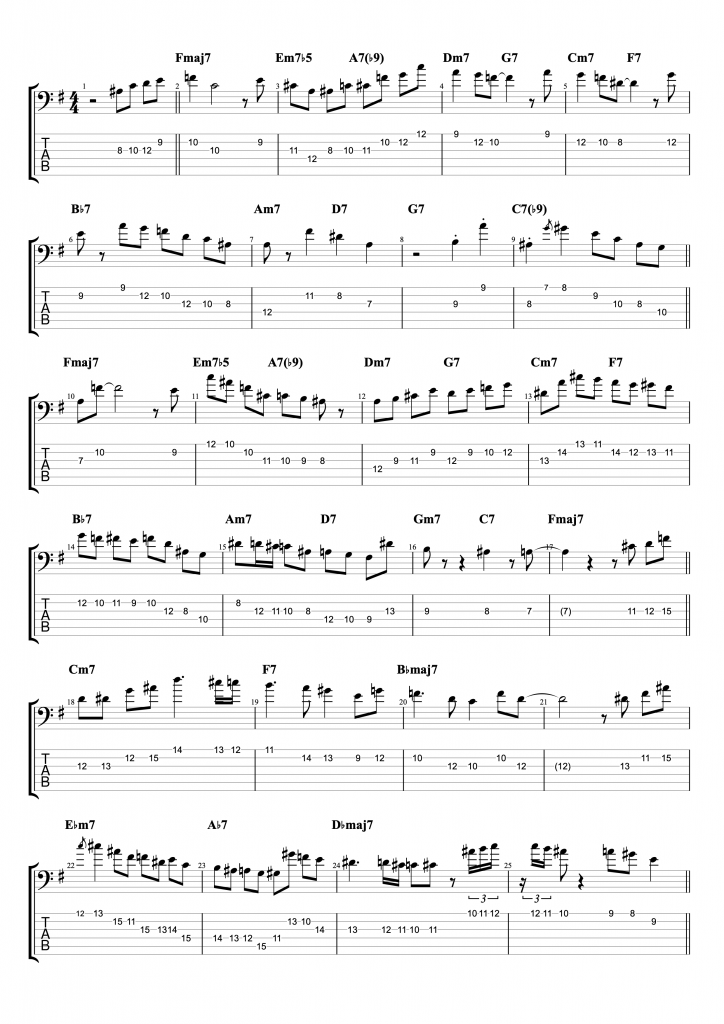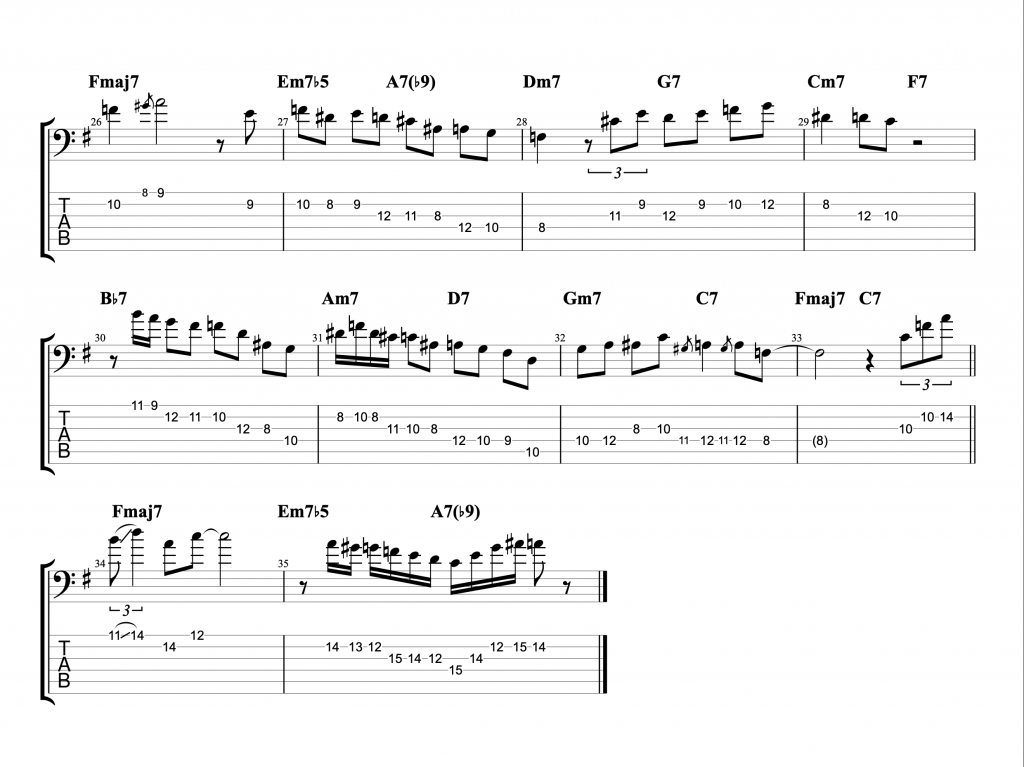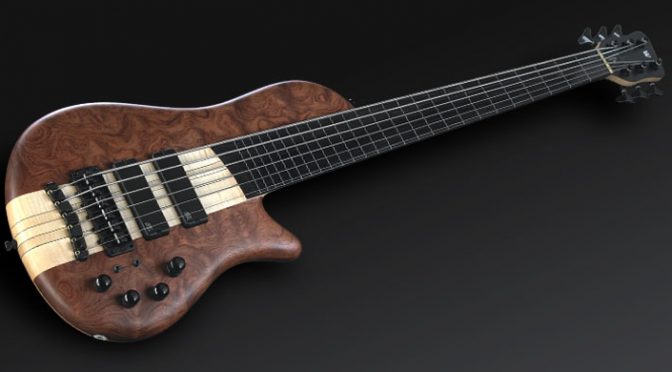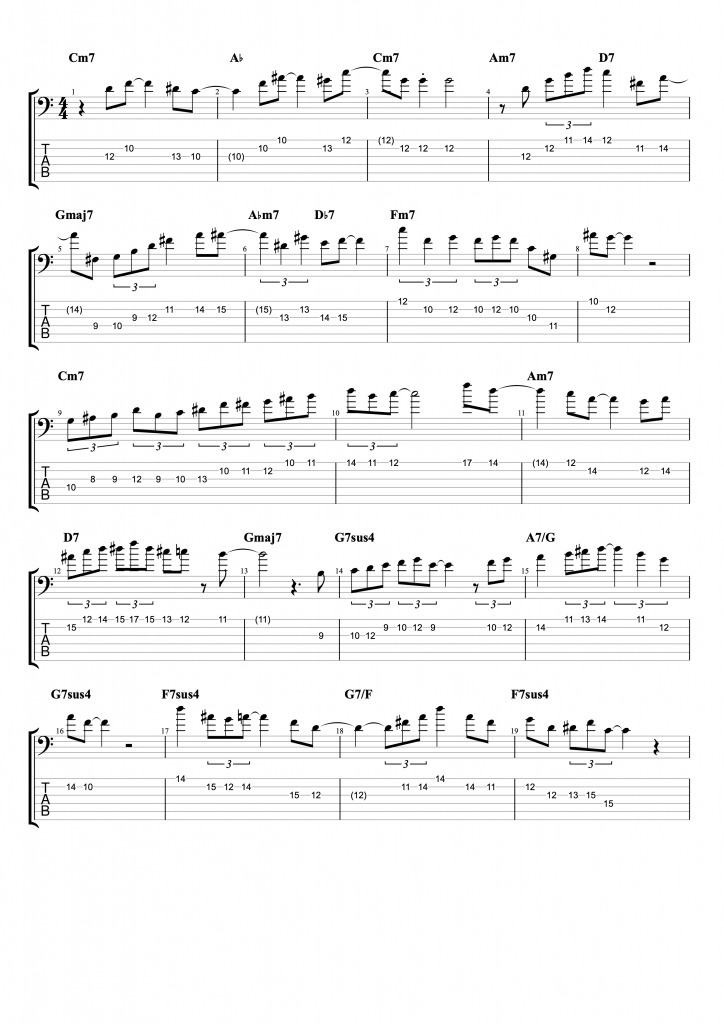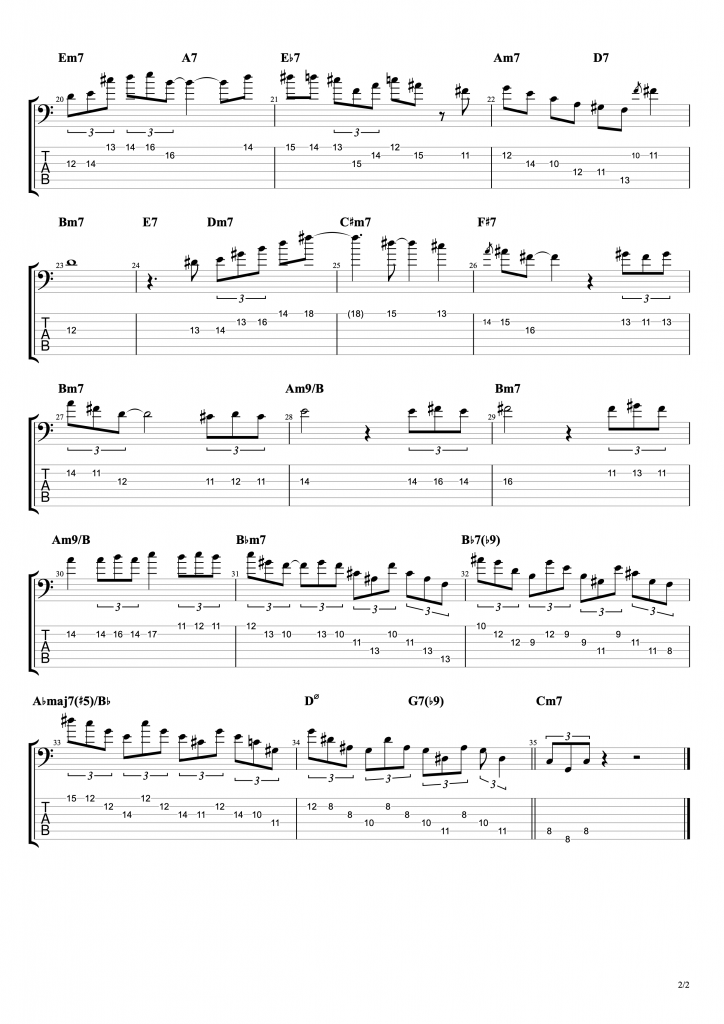Extended Arpeggios on 6-String Bass with Bass TAB – Bass Practice Diary – 3rd March 2020
Extended arpeggios are a great way to practice harmony on 6-string bass. All chords and arpeggios derive from scales, and an extended arpeggio is a brilliant way to present the sound of a scale or mode, without it sounding like you’re playing a scale. For that reason, they work brilliantly in solos.
How to work out an extended arpeggio
The extended arpeggio ideas that I’m using in the video are actually much easier to work out than they sound. You can work them out by taking a scale, in this case the C major scale, because I’m using a II-V-I chord progression in C major. And when you have your scale, you can play the extended arpeggios using alternate notes in the scale. There are seven notes in most major and minor scales, so when you’ve played seven consecutive alternate notes, you’ve played every note from the scale as an arpeggio.
Here’s how it works. The notes of a C major scale are C, D, E, F, G, A & B. Imagine you’re playing a two octave scale so each note happens twice, giving you fourteen notes across the two octaves. Take the 1st, 3rd, 5th, 7th, 9th, 11th and 13th notes of that two octave scale. These are notes C, E, G, B, D, F & A, which is your C major extended arpeggio.
NB. Jazz musicians often play a #11, in this case F# on a major 7th extended arpeggio.
Next you could take the 2nd, 4th, 6th, 8th, 10th, 12th & 14th notes of the two octave scale. This will give you a D minor 7th extended arpeggio. This is the arpeggio I featured in the video.
Arpeggios with a chord substitution
Here is the full example that I featured in the video.

I’ve explained how I created the extended arpeggios for the Dm7 and Cmaj7 chords. So, how did I create the arpeggio that I played on the G7 chord? I could have done it using all the notes of a C major scale. But I felt that would sound boring if all three arpeggios used the same set of notes.
Instead, I used the notes of a common chord substitution, the tritone substitution. It’s a harmonic device that jazz musicians love to use on dominant 7th chords. In this case, for the G7 chord, I’ve used an arpeggio for a chord with a root note that is three tones (a tritone) away from G, which is Db7. It works because the 3rd of the G chord, B, is the 7th of the Db chord. And the 3rd of the Db chord, F, is the 7th of the G chord.
So, I harmonised my extended Db7 arpeggio using notes from Gb major. Db7 is chord five in the key of Gb major. This creates a lot of dissonances, some notes in Gb major work in the key of C major, but also some sound quite dissonant. But that’s the point, jazz musicians love to create tension by using dissonances on a V chord before resolving them on the I chord.


